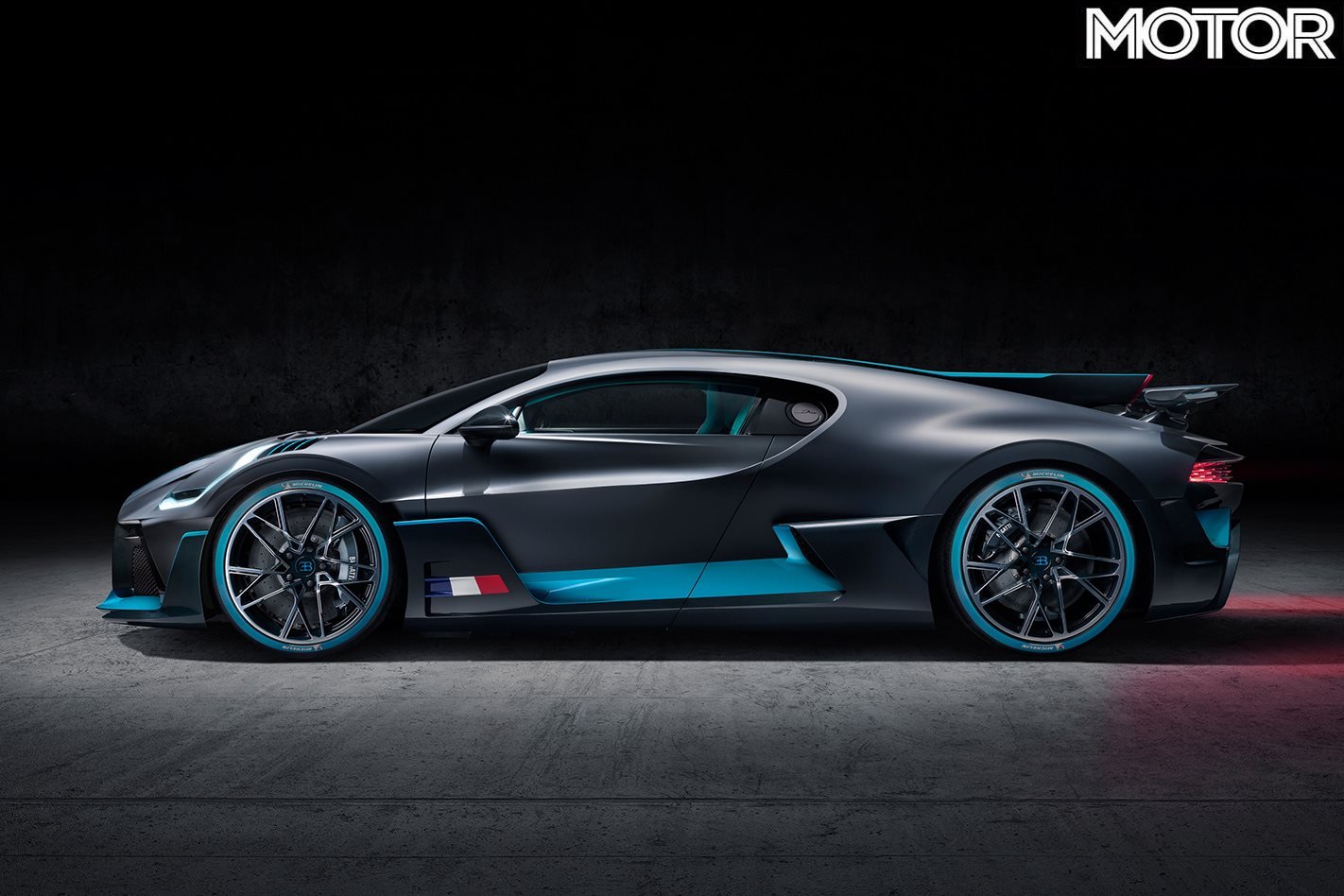Today, at 57, he heads the Bugatti design department that lives discreetly on an industrial estate in Wolfsburg, Germany. He joined the iconic brand 16 years ago and in a previous life the well-dressed son of the three-time motorbike world champion Georg Anscheidt worked as a stunt rider and circus artist.
With help from the former Porsche chief designer Harm Lagaay, Anscheidt later graduated in transportation design and joined Volkswagen, working next in Weissach, Sitges, Berlin, Wolfsburg and Molsheim, France. He currently devotes his free time to restoring a Bugatti Type 35 and drives a super-clean silver 1981 lightweight Porsche 911SC. “My vision for Bugatti is Form Follows Performance,” says the father of three. “The shape of a Bugatti is dictated primarily by engineering necessities. As an iconic statement, it must remain authentic for at least half a century.”
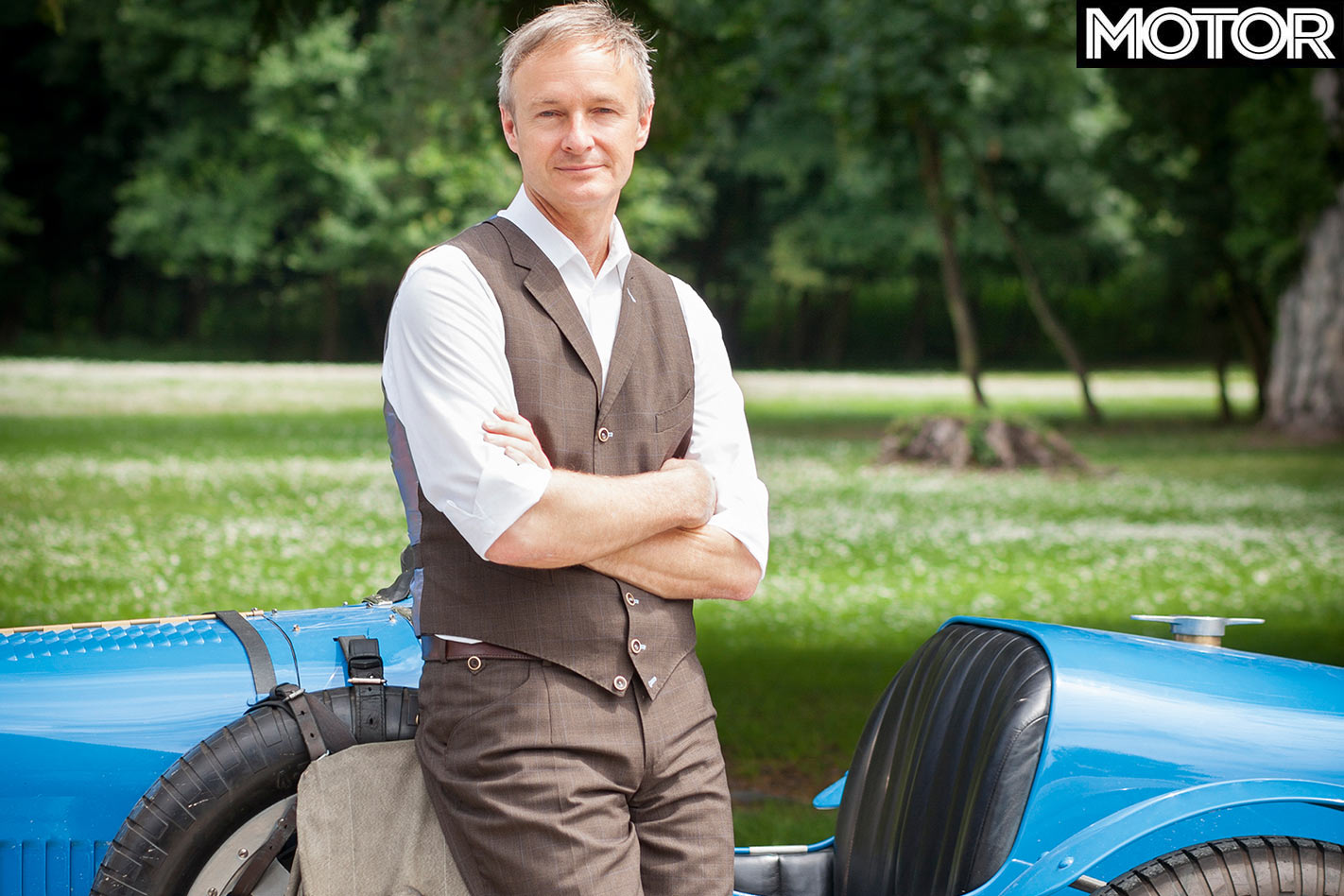
We wonder if in another 35 years that’s how we’ll see the Veyron – and it’s a legacy the Chiron continues today. The Veyron was the baby of Ferdinand Piech who acquired Bugatti in 1988 for the Volkswagen group. A gifted engineer and a very good driver, the powerful Austrian shareholder suggested fusing two 4.0-litre VR8 engines (also his brainchild, but a major flop in the Passat W8) to create the legendary 736kW 8.0-litre W16. Piech purchased several Veyrons and before his untimely death he allegedly also ordered the one-off Voiture Noire at A$18m before tax.
Geek speak: Bugatti’s lethal W16 engine
Although Bugatti introduced a removable roof panel for the Grand Sport Vitesse late in the Veyron’s life, the much more drastic Barchetta proposal from 2008 never made it into production. The official reason was insufficient torsional rigidity, but the global financial crisis was the real cause of death.
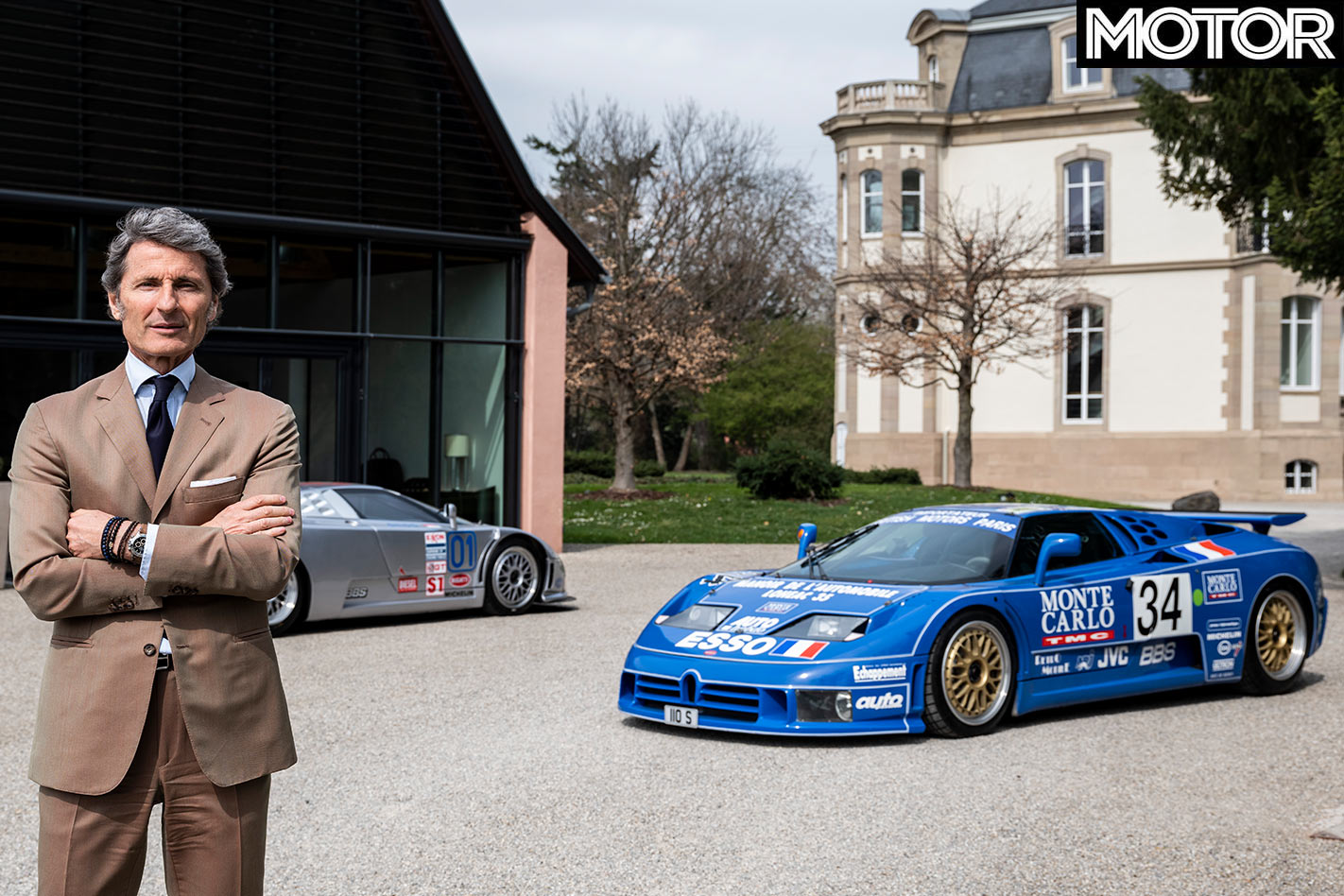
Shaped by Jozef Kaban who is about to take over Volkswagen design, the Veyron was meant to attract 70 buyers per year, but when the production run finished, only 300 coupes and 150 roadsters had sold. The group chairman Bernd Pischetsrieder justified the heavy losses of around A$7.5m per car by stressing the halo effect created by “the marque’s unrivalled engineering competence”.
After his departure, it was agreed to write off the up-front investment – an estimated A$2.64b – so the business case for the Chiron was not burdened by previous liabilities. Under the chairmanship of Wolfgang Dürheimer, the new two-seater coupe launched in 2016 using an upgraded architecture and drivetrain concept. The output was limited to 500 units. In February 2020, car number 250 rolled off the Molsheim assembly line, while an additional 150 units are spoken for with deposits and about 100 are still up for grabs. To maintain sales momentum, Bugatti will keep adding special versions like the Chiron Sport and the limited-edition Divo and Centodieci.
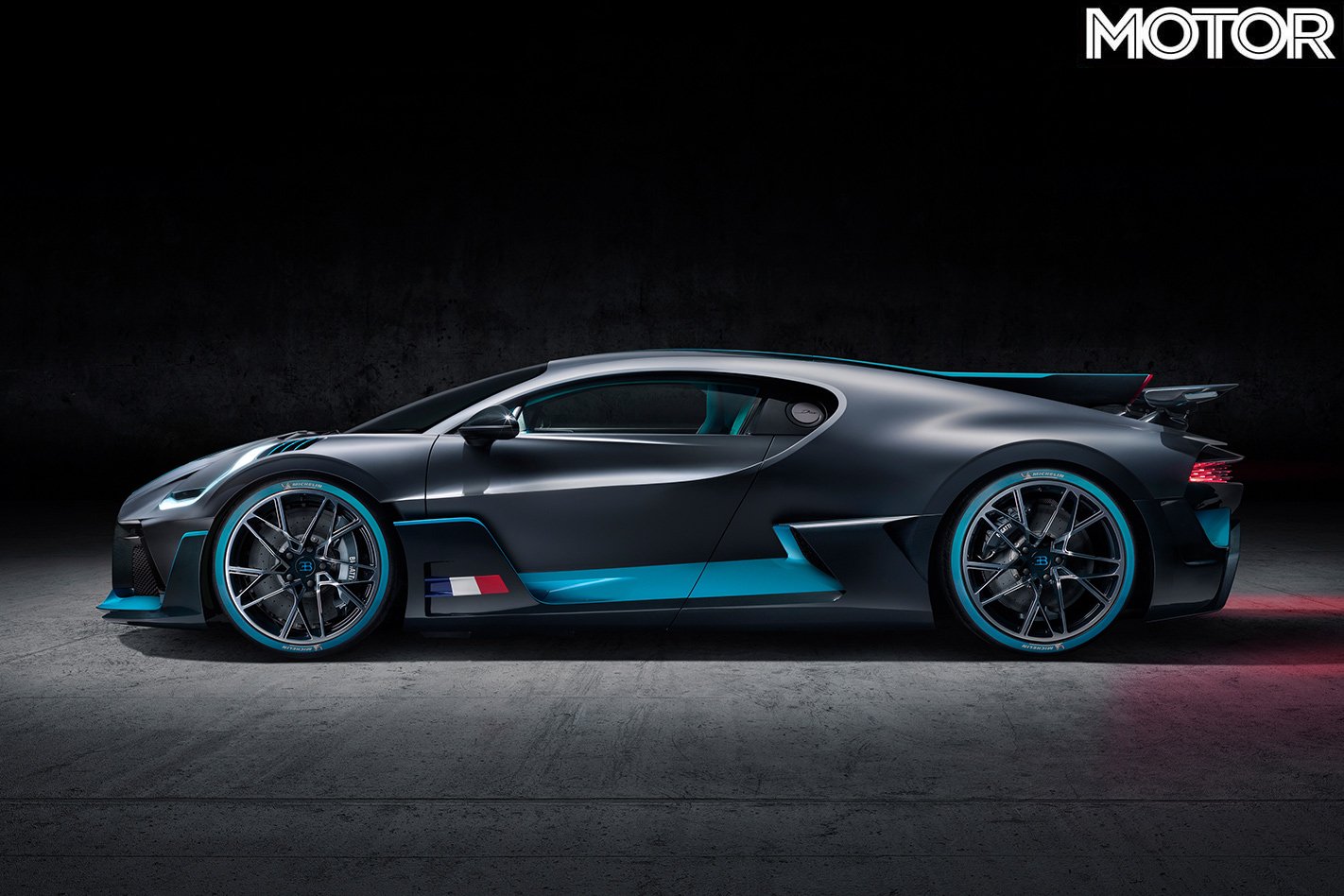
Seven months before the debut of the Chiron at the 2016 Geneva Show, Bugatti had planned to unleash a new front-engined model at the Pebble Beach Concours d’Elegance. Known as concept Atlantic, the gullwing crowd-stopper was intended as a teaser for the controversial second model range.
Powered by a high-output Porsche V8 or four electric hub motors, the reimagined Atlantic was to cost under A$1.6m apiece. The projected annual output was somewhere between 750 and 1000 units. Expertly proportioned and beautifully detailed, the proposal was nonetheless rejected.
Comparison: Bugatti Chiron vs Veyron vs EB110 Supersport
Some claim the business case did not work out, others suspect that the derivative 515kW engine was not special enough for Bugatti, while the Salzburg grapevine suggests Piech was not happy signing off a straightforward sports car. In contrast, potential buyers who were shown the Atlantic reportedly loved the design and appreciated the comparatively generous packaging.
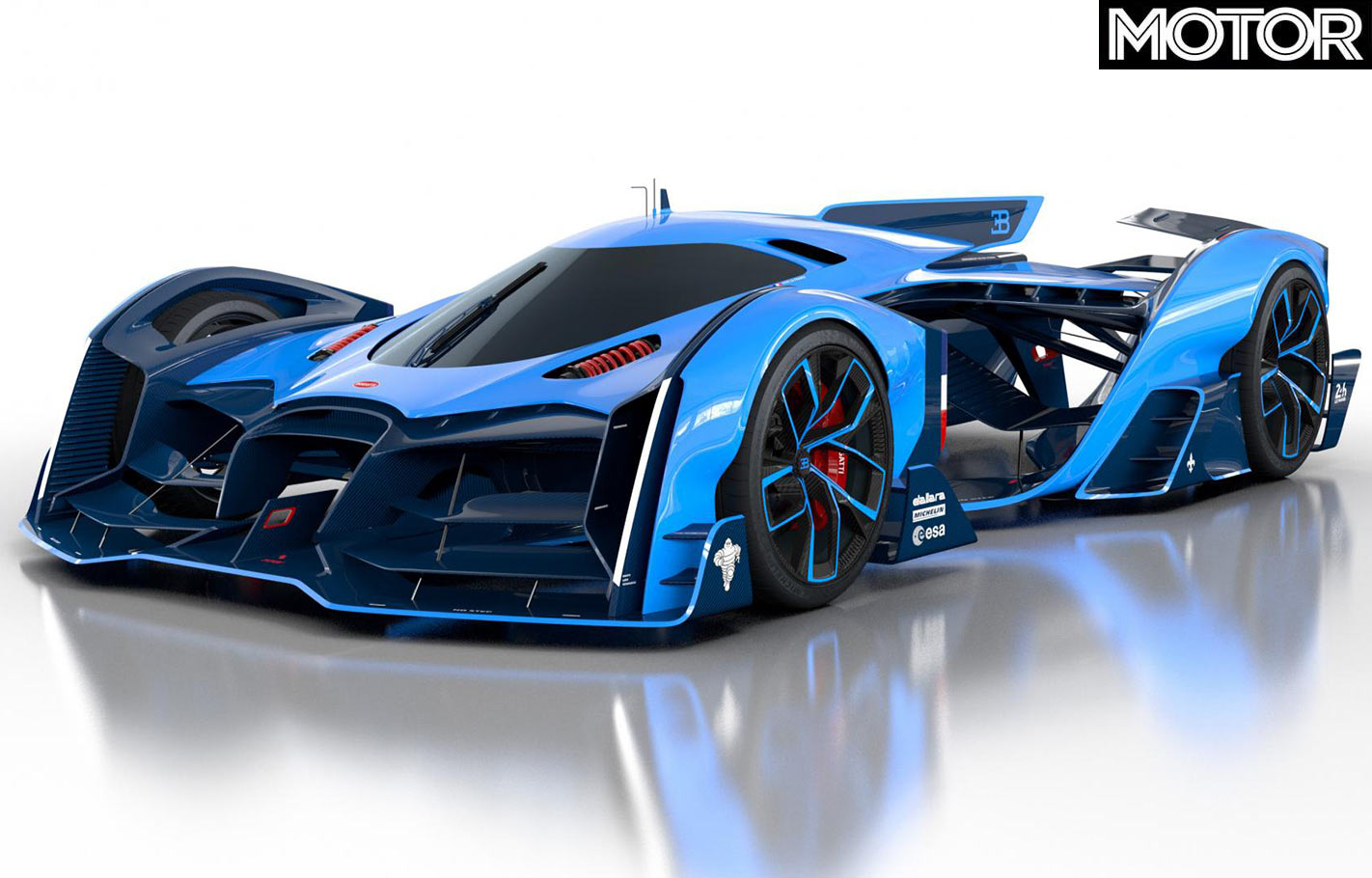
Anscheidt then presented a counter proposal in the shape of the much more extreme front-engine GT named Rembrandt (above). It was extreme on price (they were talking double-digit millions), power (1103kW excluding electrification) and rarity (less than 25 would exist). Thanks to all-wheel drive and the lightweight all-carbon body, the front mid-engine W16 two-seater could have virtually matched the Chiron in performance while adding cabin and boot space.
Although high-ups considered using this blueprint in a second Bugatti product, the numbers just did not add up, and the project was mothballed before a full-scale model was finished. In essence, that’s where the brand stood on the day before this year’s cancelled Geneva Show that would have debuted the Chiron Pur Sport. According to a spokesperson, looking deeper into the crystal ball to know what follows the Chiron – as we are going to do right now – is speculation.
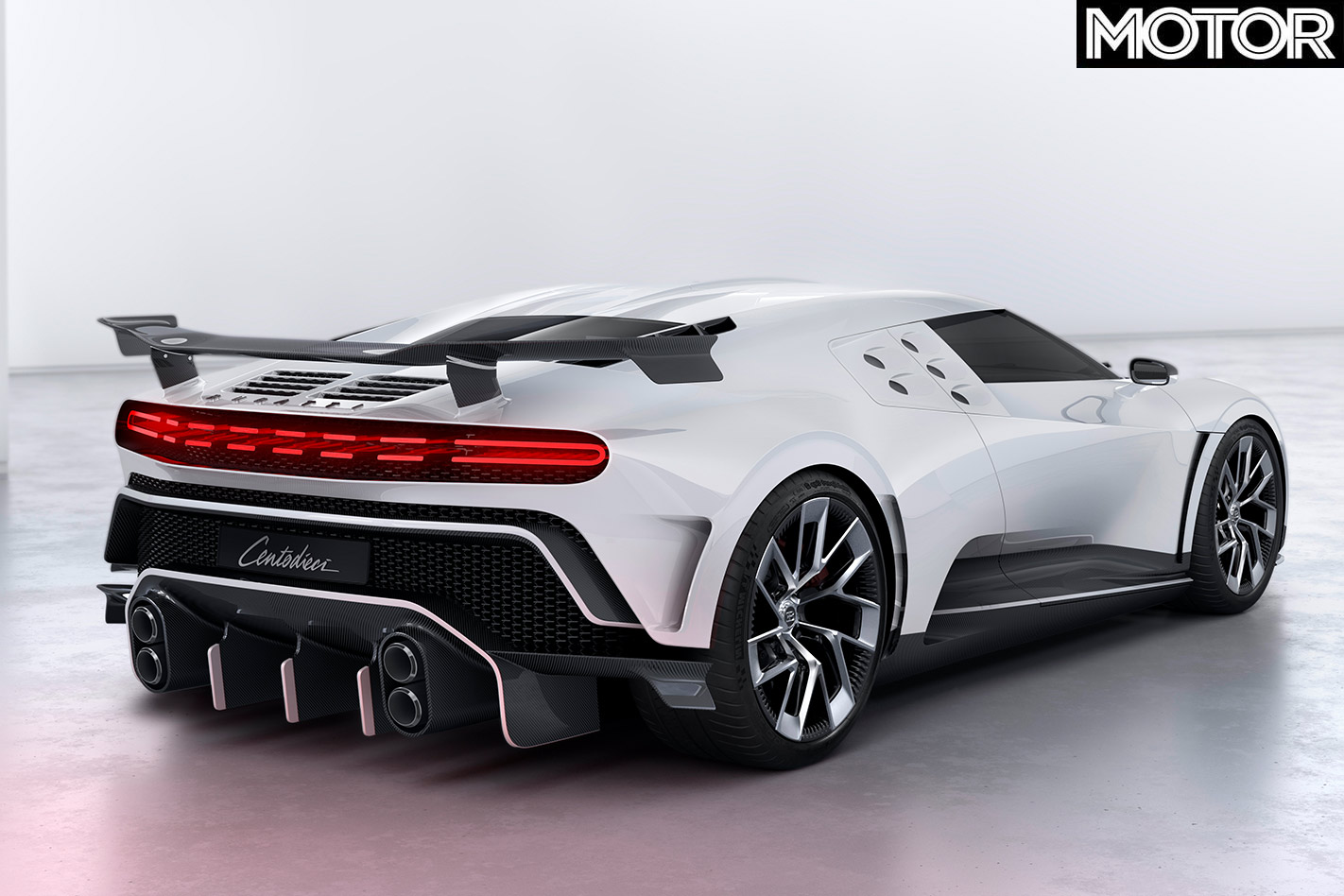
CEO Stephan Winkelmann has confirmed he is investigating the opportunities a second model range offers. The model will feature alongside the Chiron that is tipped to stick around until 2026 with updates, perhaps even 2028. According to an insider report, A$82.5m is waiting to keep the Chiron street legal in Europe, China and America.
Although marketing would love an open-top version (and call it a roadster, spyder or barchetta), there is no budget for a new monocoque that could deliver the required safety and stiffness.
It is possible to modify the skin of the existing car, thereby enhancing its sportiness or luxury appeal. While the Veyron spawned no fewer than 31 different special series editions from four mainstay models, the future of the Chiron offers an even broader choice of options that potentially include more profitable coachbuilt specials.
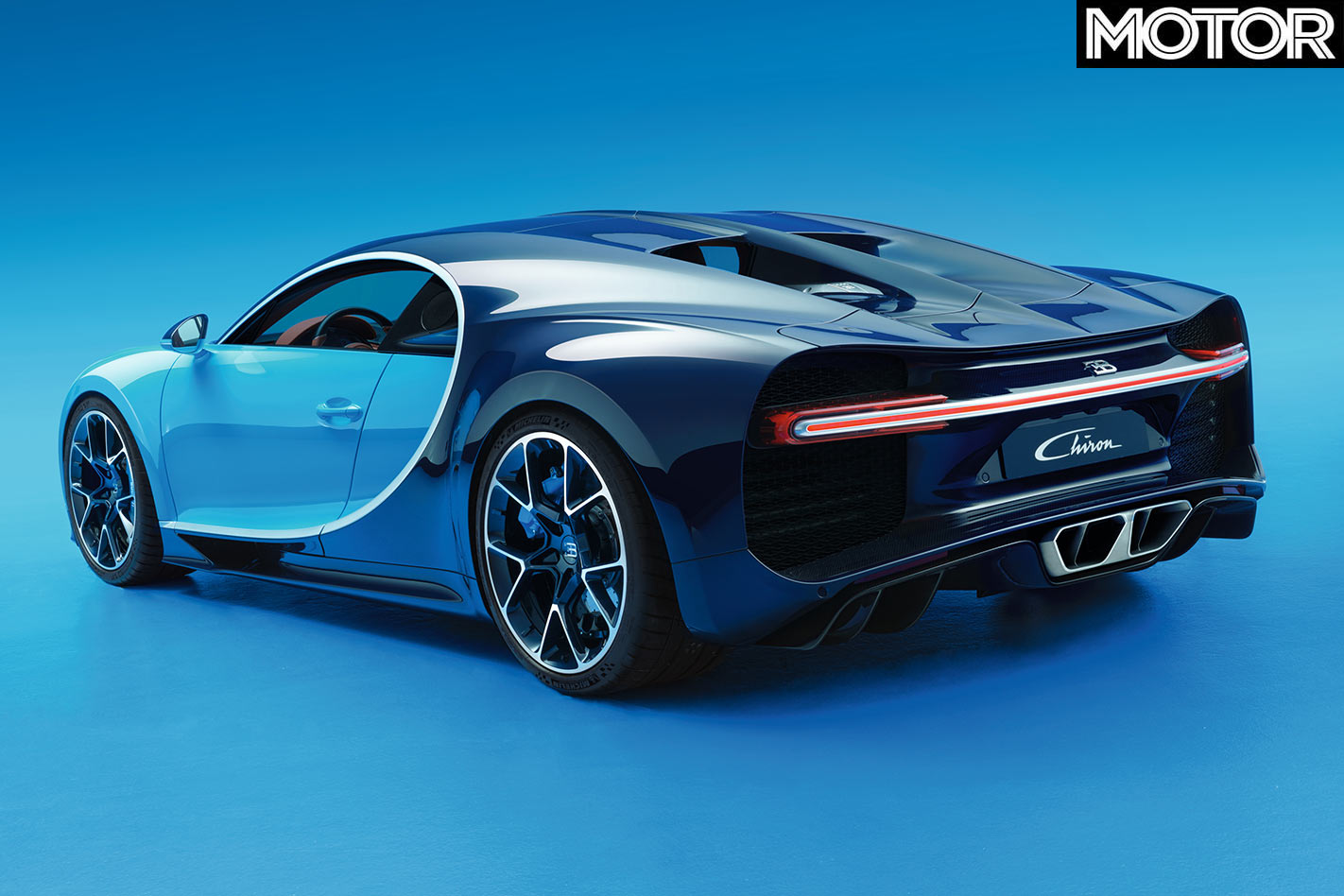
If the Chiron does make it through the end of the decade, more efficient batteries may be ready to pave the way for a fully electric follow-up to fight the next super Rimac or Koenigsegg. But let’s face it: while solid state energy cells and hugely powerful motors will eventually be widely available, the Bugatti W16 engine will remain legend.
Unless Bugatti finds a way to package a high-performance fuel cell or to tame the gas turbine, it’s hard to picture a breakthrough Chiron replacement that delivers something so ground breaking. But there is no shortage of inspiration.
Back in Wolfsburg alongside Anscheidt, new exterior designer Max Lask explored an alternative avenue in his Bugatti-sponsored student design thesis.
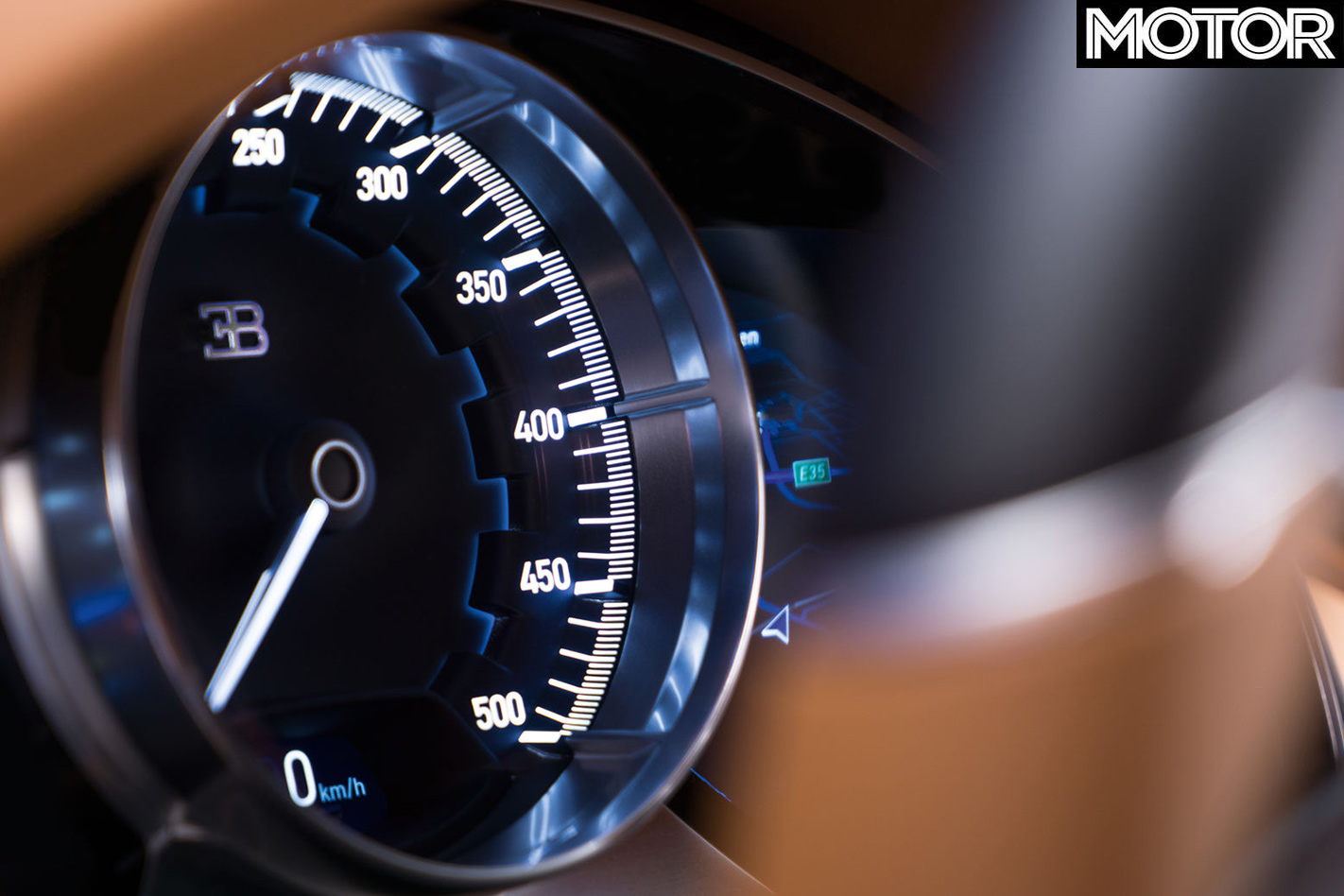
His vision of a barely legal naked Le Mans racer is a complex yet minimalistic two-seater designed to win races and wow crowds. So far, this is only a sketch crammed with ideas which revolve around a featherweight graphene matrix boasting a multiple-wishbone suspension in the front and a multi-link layout with transverse lower coils in the rear. There are no details available yet on its all-electric powertrain.
Although it is hard to judge a car’s true potential from images, the Le Mans-inspired concept does come across as a credible Chiron successor, but not the model range that would run alongside it. Why? Because it is every bit as extreme if not even more so and because it is radical in a different way, more track-focused than road-going. It would probably still cost between A$3.3m and A$5m and the output may again peak at a total of 500 units.
But as far as Bugatti’s core brand values go, it could be more promising than the Atlantic, Barchetta and Rembrandt because it pushes the envelope in a direction competitors like the Venom, Agera, Evija or Valkyrie can’t follow. The trouble is it would have to be engineered from scratch. It’d have a totally new drivetrain with untried batteries in a filigree architecture that concentrates on ground-effect aero.
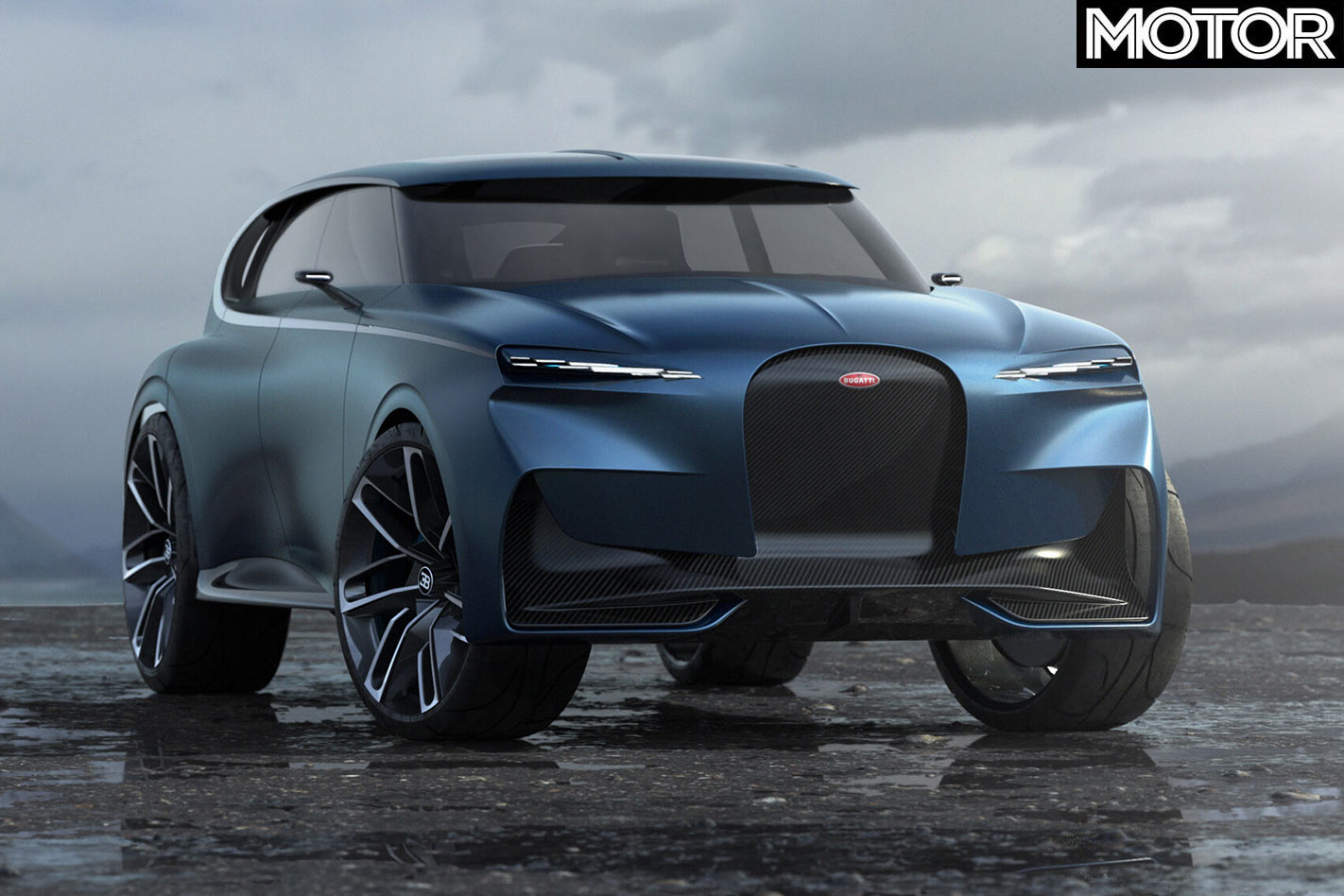
Bugatti management has emphasised more than once that an SUV is out of the question and this makes sense from a brand perspective. But when you look at independent designer Sajdin Osmancevic’s Spartacus concept there is no doubt that oligarchs would queue for such an imposing anti-green behemoth from Molsheim.
After all, tagging it as a ‘Coupe Utility Vehicle’ seems to be perfectly acceptable to top brass. In earlier interviews, Stephan Winkelmann leaned towards a PHEV, but last December said an EV might be the better solution. No doubt, we’re talking about a very potent EV here with a 100kWh-plus battery and 735kW-plus output.
But even so, the mechanical set-up and performance would almost certainly not define it in a niche where 1471kW may only be a point of passage. Bugatti’s must compel customers with a unique vehicle concept, breathtaking design and a bundle of benefits that come with the A$743m project.
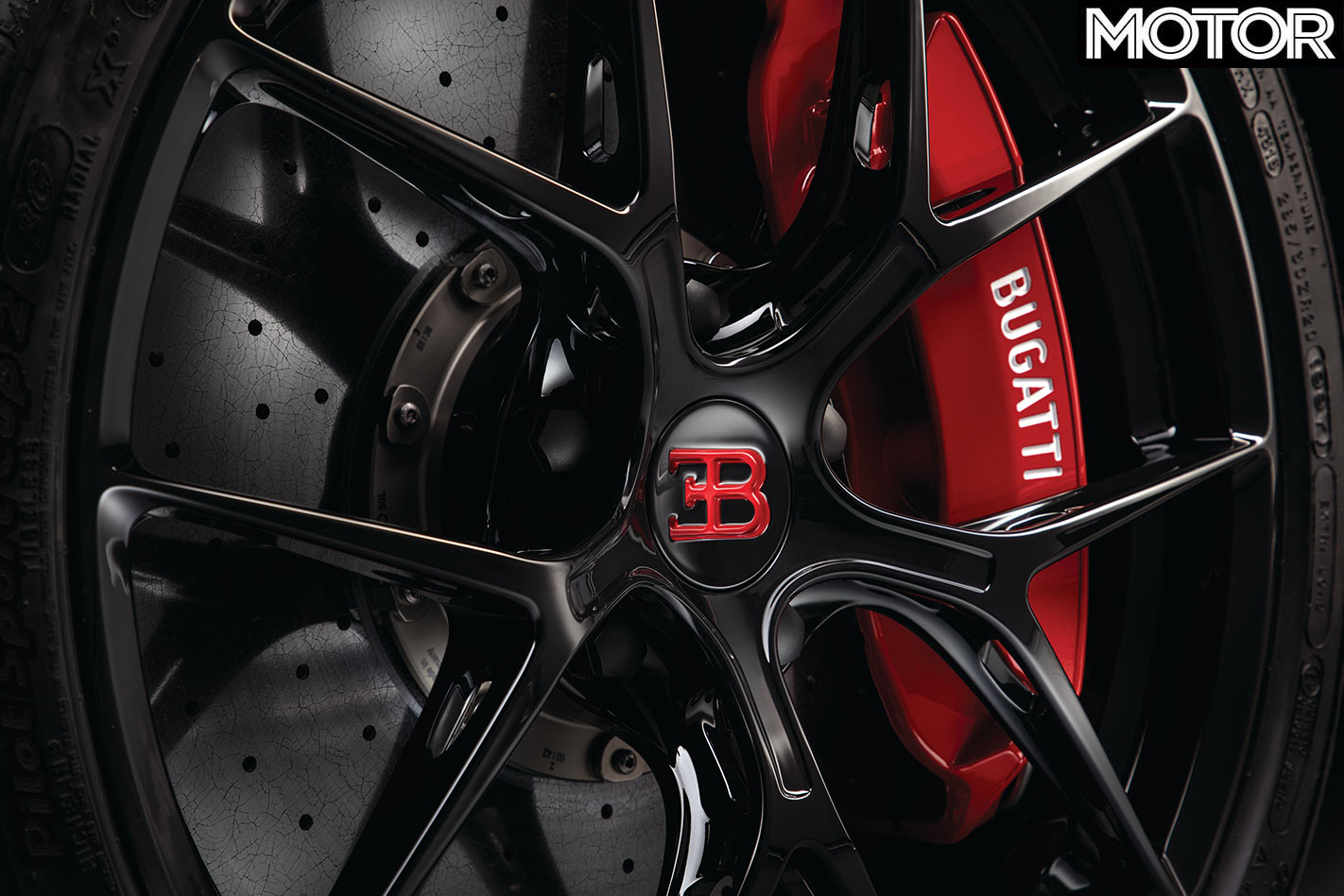
With the exception of Range Rover’s Evoque, no OEM has recently tried a premium two-door CUV and for a good reason. If Bugatti decides to chase ultra rich individuals with a high-roof crossover on 22- or 24-inch wheels, does a two-door four-seater really cut it? Is a five-metre go-anywhere ultra-luxury people carrier not better off with four doors, even if the rear ones were of the suicide kind? Furthermore, will it straddle Porsche’s biggest electric platform dubbed PPE 61, or does it need a bespoke components set? Is it perhaps wiser to check Audi and Porsche’s upcoming K1 architecture?
Perhaps the most critical question concerns where this CUV would exist in this world. Can it revive the Galibier Evolution shooting brake concept and modernise it with the world’s best electric drivetrain (range, repeatability, degradation, size, weight) to stand above the Cullinan? Or should Bugatti perhaps drop the idea altogether and consult its own history books for inspiration? Maybe forge a link between the ultimate zero-emission power unit and the ultimate low-drag aero concept? Think Type 64 coupe (1939) if you crave magnificence and splendour, or Type 73C (1944) for emotion and dynamism.
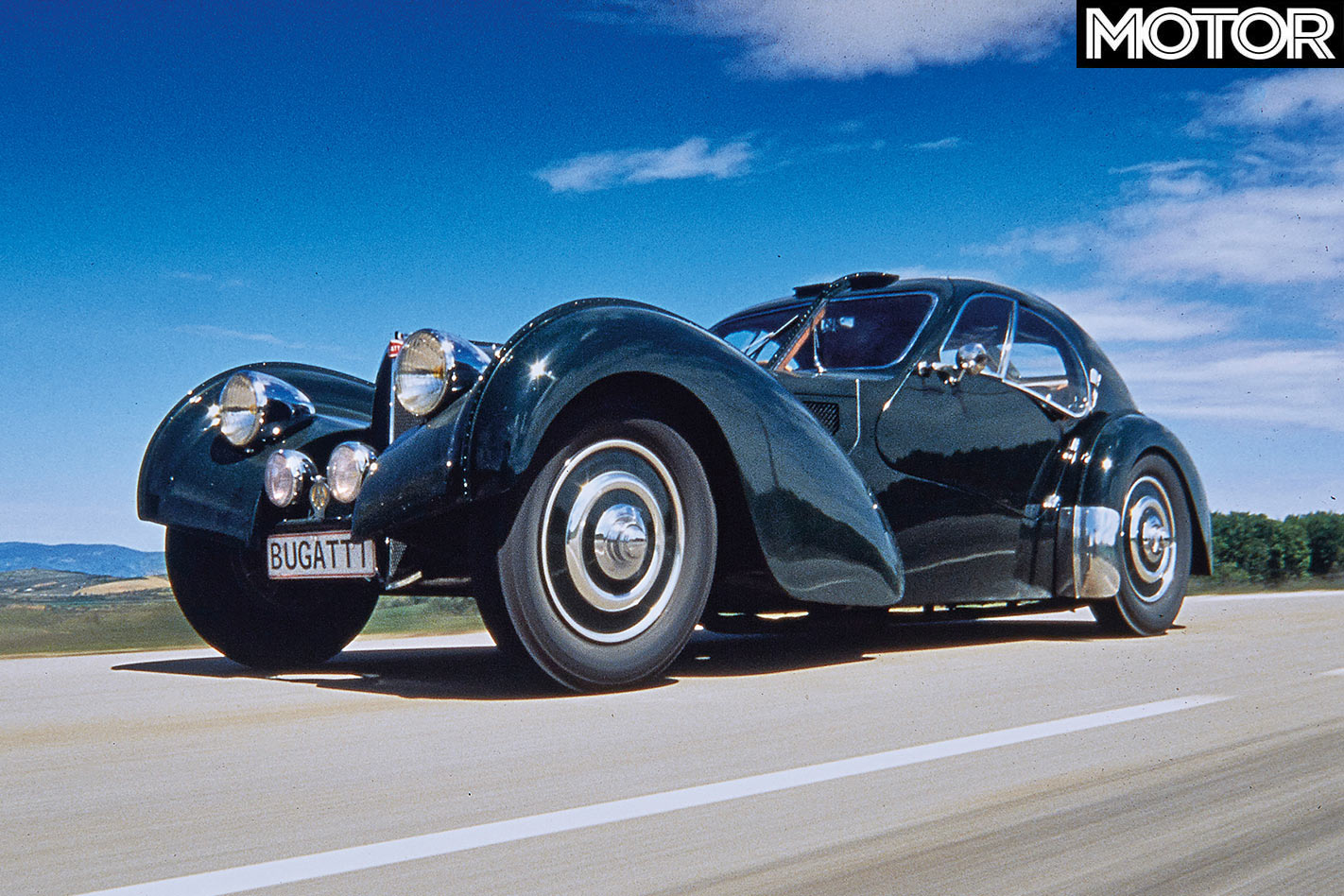
Either way, we wish good luck to the Achim Anscheidts within Bugatti. Even if its rich history suggests they might not need all that much inspiration.
Brand-defining Bugattis
1. Bugatti VEYRON 16.4 (2005)
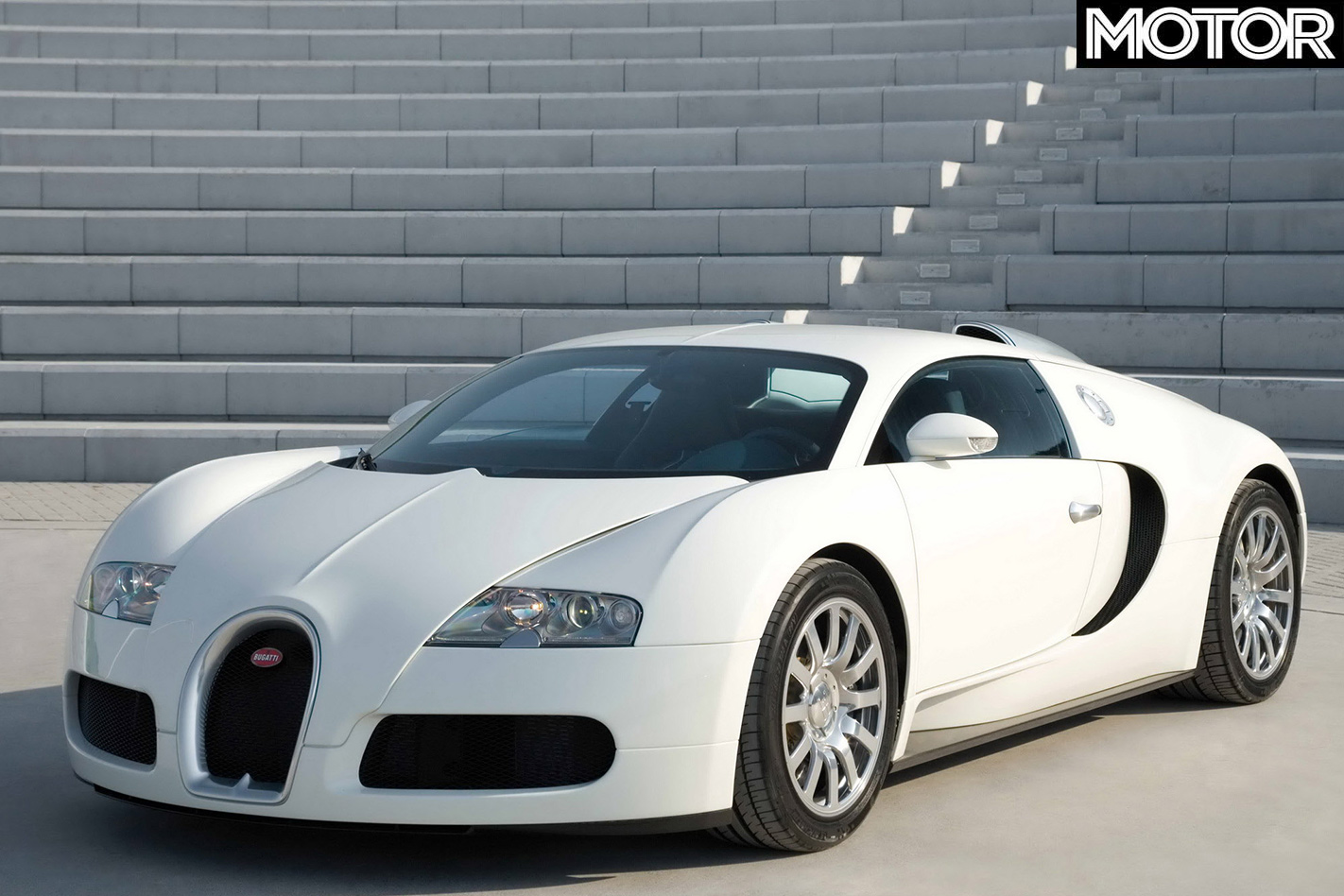
Bugatti’s 736kW all-paw beast was the first series production car with a verified 400km/h-plus top speed, 407km/h as set by test driver Uwe Novacki.
2. Bugatti EB110 (1991)
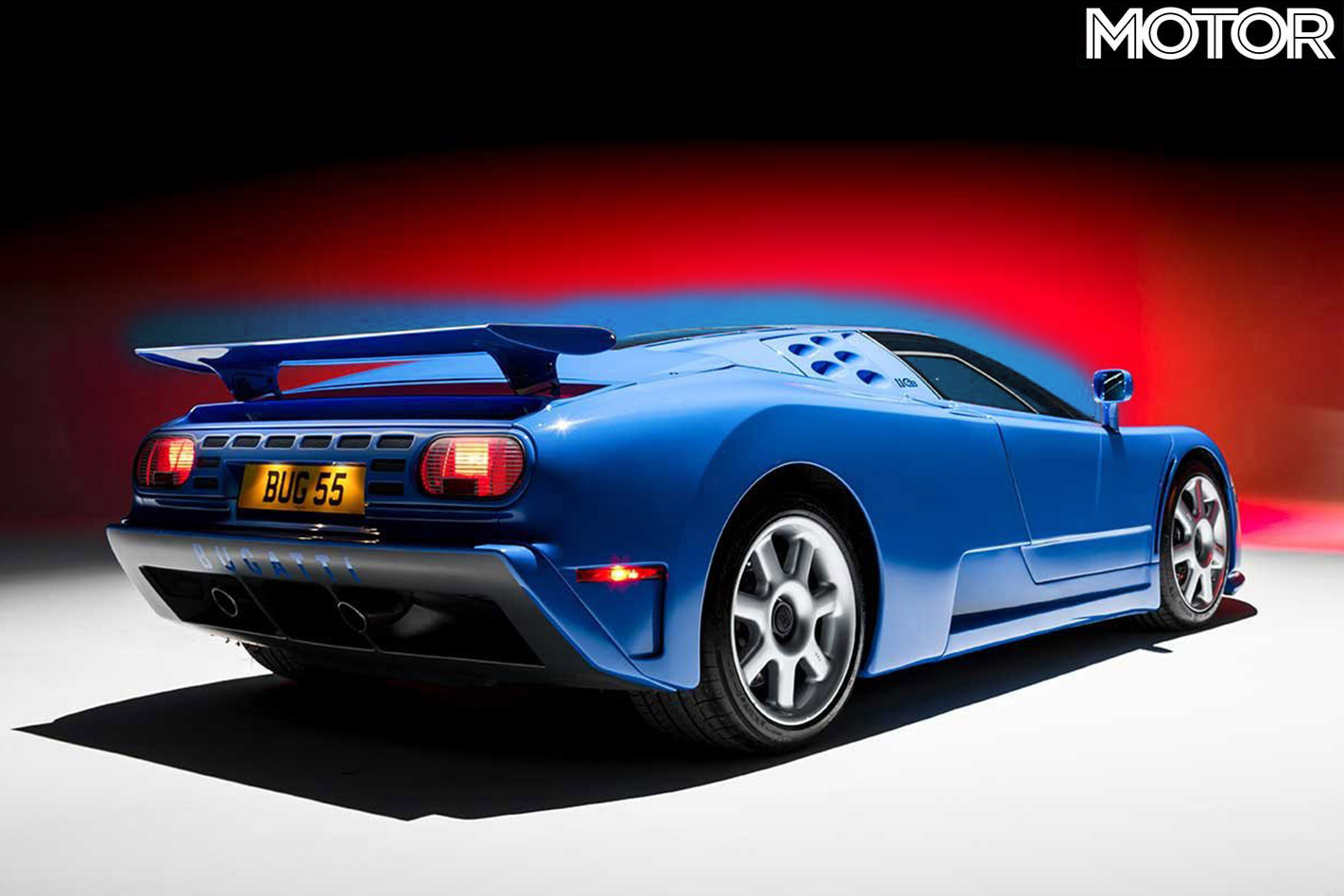
The EB110 restarted Bugatti car production after it stopped in 1956 with a quad-turbo V12, all-wheel drive, carbon-fibre body supercar. Could hit 100km/h from rest in 3.26sec.
3. Bugatti TYPE 57 SC atlantic (1936)
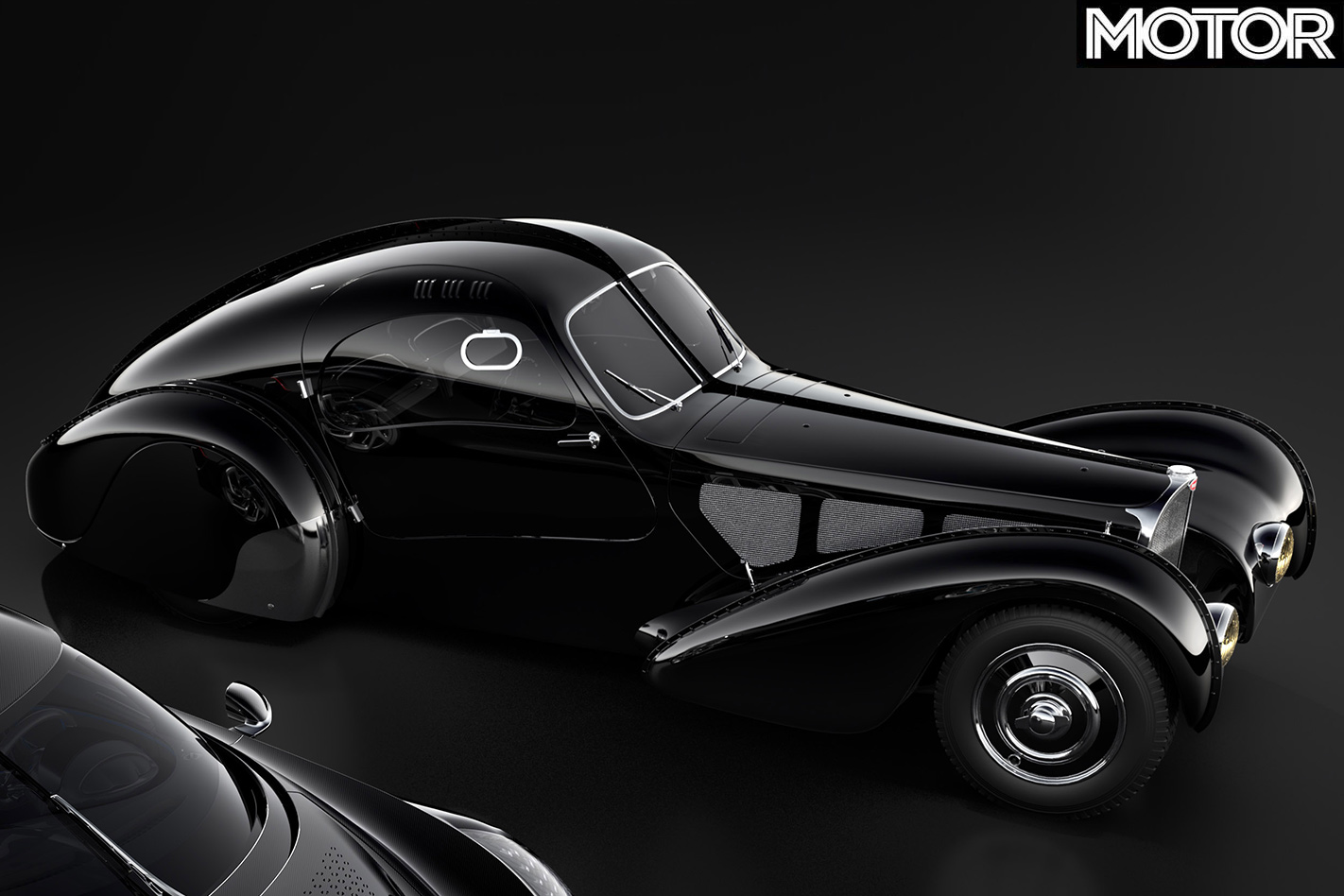
Ettore Bugatti’s son Jean designed the impossibly beautiful Atlantic. Four were made between 1936 and 1938 but only three are accounted for. Supposedly valued at $100m-plus.
4. Bugatti TYPE 41 (1926)
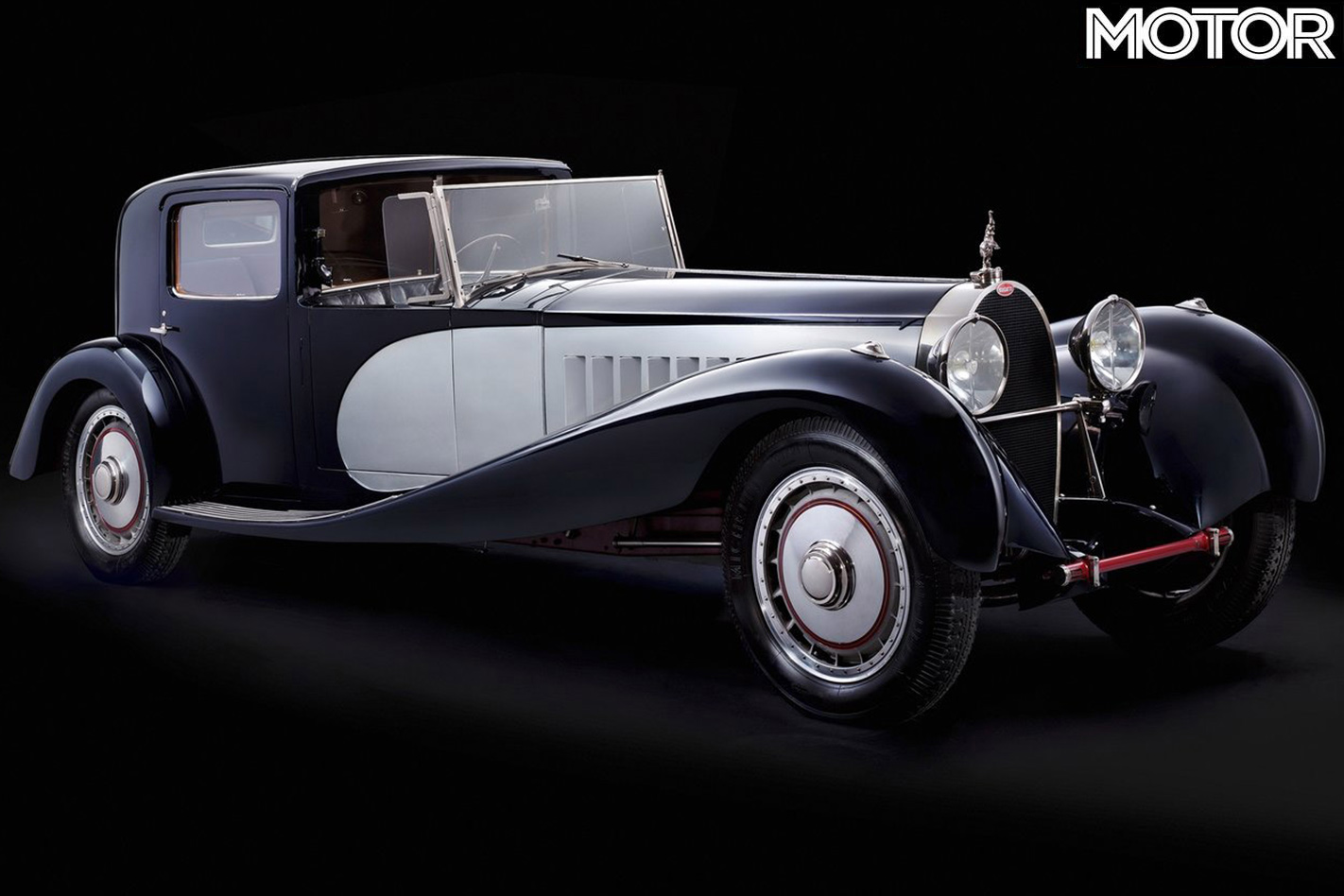
It was labelled the strongest, largest and most luxurious car of its time. It also proved it with a 12.8-litre inline-8 that lugged 3.5 tonnes around on a six-metre long frame.
5. Bugatti Type 35 (1924)
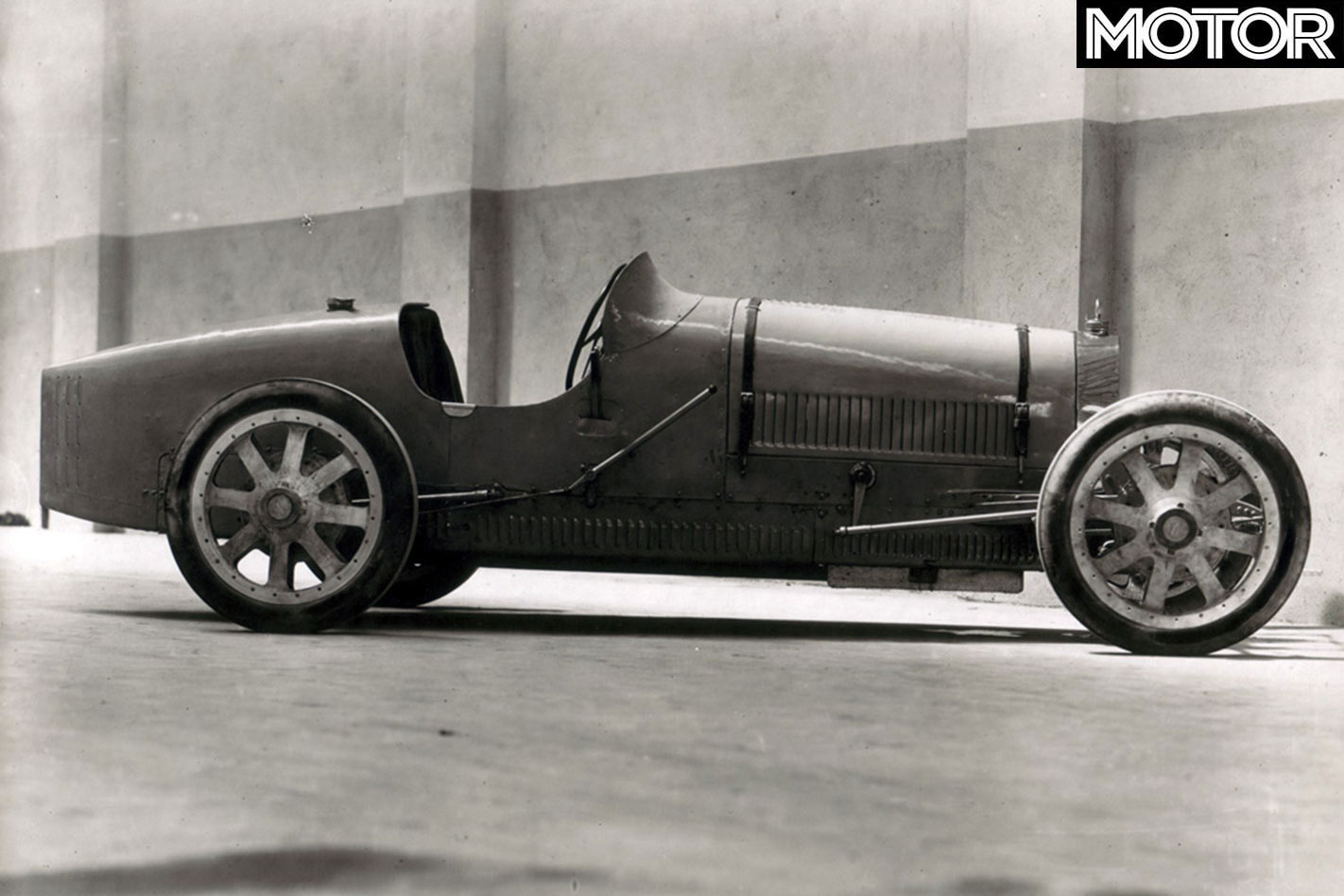
Bugatti’s Type 35 used a 103kW blown 2.3-litre eight pushing ‘around’ 750kg. It claims it’s one of the world’s most successful racecars with over 2000 victories.
6. Bugatti type 10 (1908)
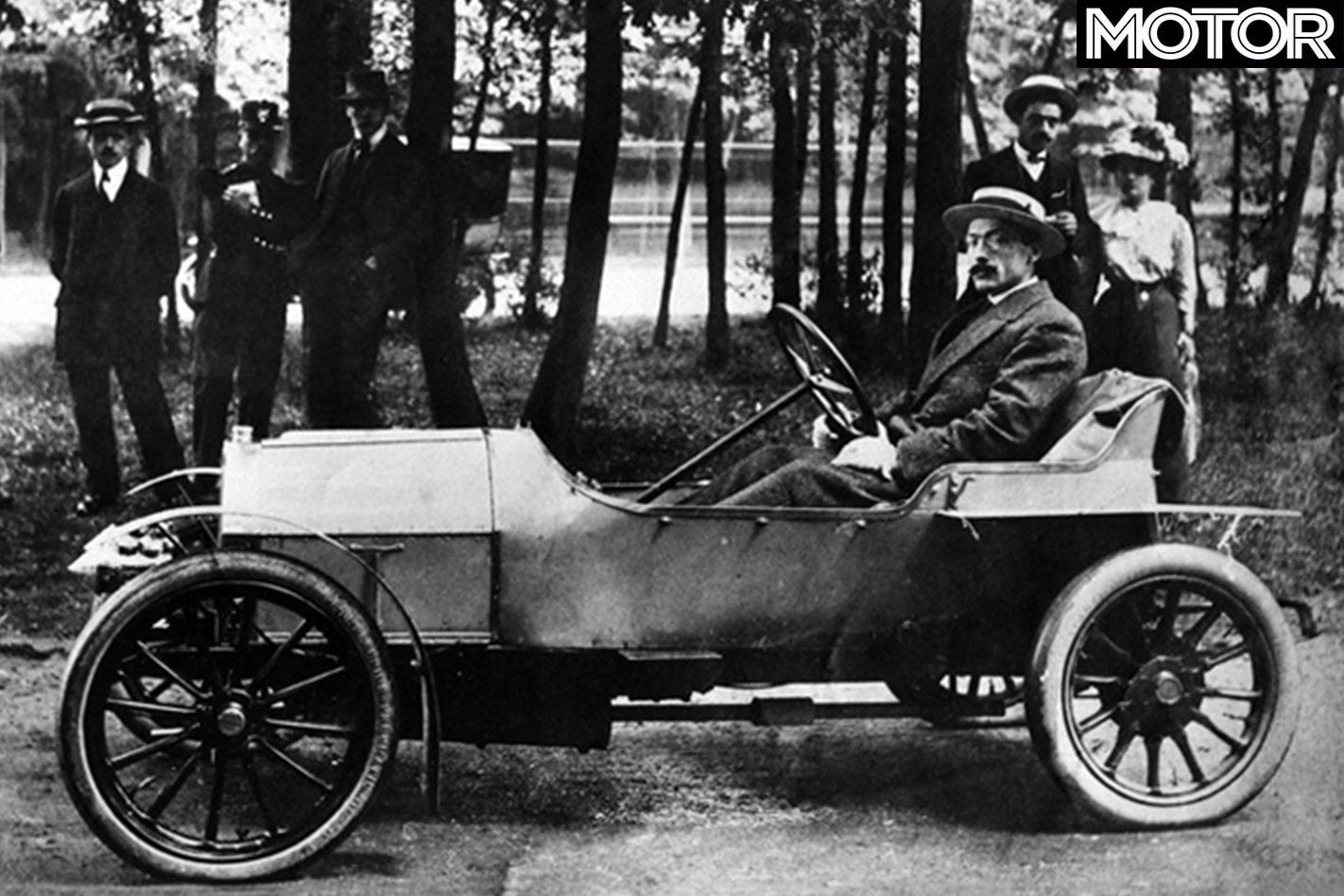
While working for Gasmotoren-Fabrik Deutz AG in Cologne, Ettore Bugatti designed his first “sports” car that debuted in 1909 with a 1.2-litre four cylinder and 7kW.

